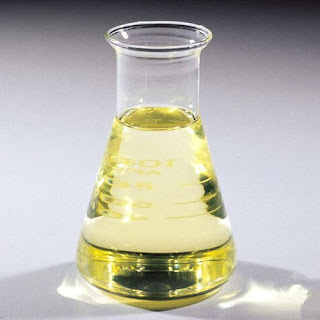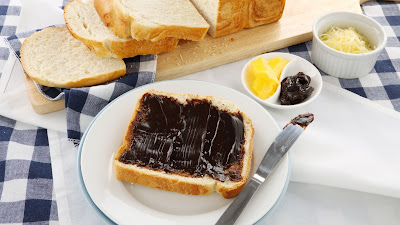Sodium Hypochlorite; a Chlorine Compound Often Used As a Disinfectant or a Bleaching Agent
 |
Sodium Hypochlorite |
Sodium hypochlorite, commonly referred to as bleach, has a variety of uses and is an excellent disinfectant/antimicrobial agent. It is a broad-spectrum disinfectant that is safe, effective for the disinfection of viruses, bacteria, fungi, and mycobacterium. Household bleach contain 3 to 8% sodium hypochlorite. It is not usually toxic to the skin, but it can cause irritation to the eyes, skin, and other parts of the body. It can be more harmful if someone inhales it or if mixed with other household chemicals, such as a toilet cleaner.
Sodium Hypochlorite is recognized as a highly effective bleaching agent, germicide, sterilizer, disinfectant, and oxidant. It is also used as a bleaching agent for the production of pulp, paper, and textiles. Moreover, due to its powerful disinfection qualities, it is widely used as an active ingredient in water treatment and cleaning solutions. Furthermore, sodium hypochlorite helps keep drinking water and swimming pools safe, and is used to make cleaning solutions for food processing, veterinary, and odor elimination purposes.
Sodium Hypochlorite is a chlorine compound often used as a disinfectant or a bleaching agent. They are used as disinfectants, cleaning solutions, and commercial bleaches for drinking water, water purification, and swimming pools. Calcium hypochlorite and sodium hypochlorite are EPA-registered pesticides and are used in controlling bacteria, fungi, and slime-forming algae. Both are indirect food additives approved by the United States Food and Drug Administration (FDA). Moreover, sodium hypochlorite is a generally recognized as safe (GRAS).
Sodium hypochlorite finds numerous applications in various end-use industries, such as water treatment, chemical, agriculture, paint, and textile, among others. It can be easily stored and transported, but is a dangerous and corrosive substance. The solution disintegrates when heated or comes in contact with certain metals, acids, sunlight, and poisonous or corrosive gases. For example, it is known to be corrosive to metals, thus, it important to wipe down metal surfaces with water or ethanol after treating them with a solution.


%20Treatment%20Market.jpg)
Comments
Post a Comment